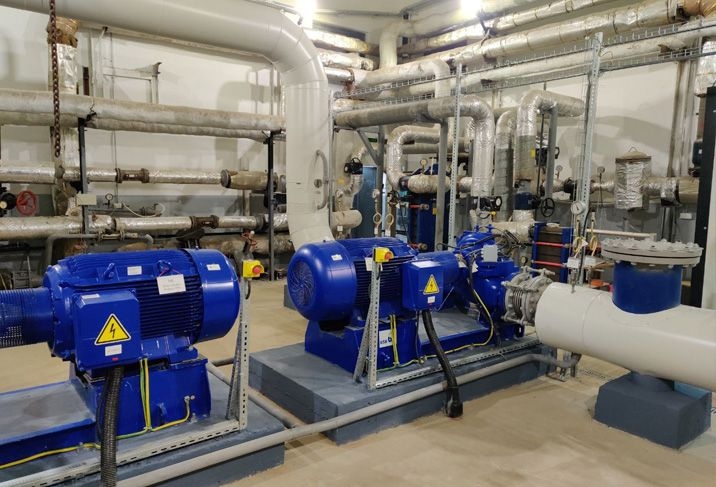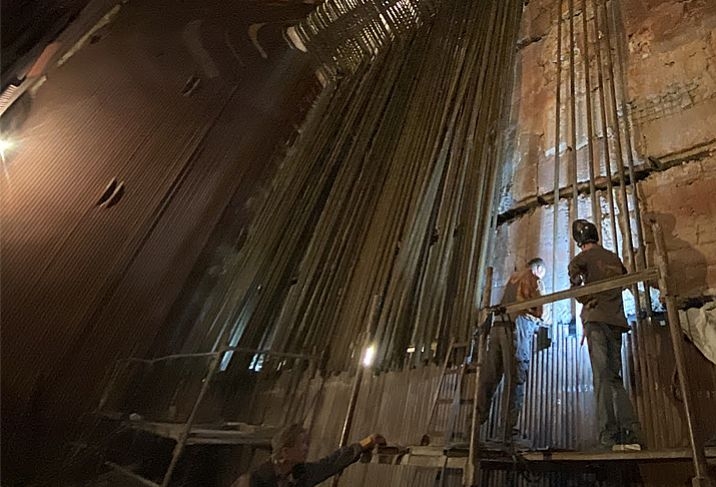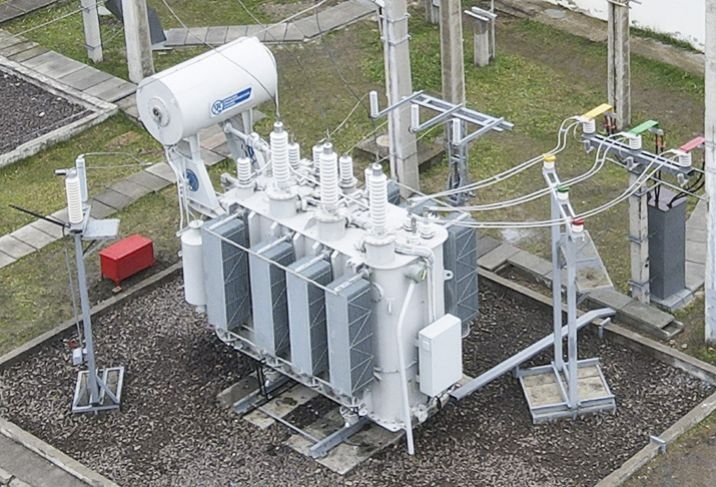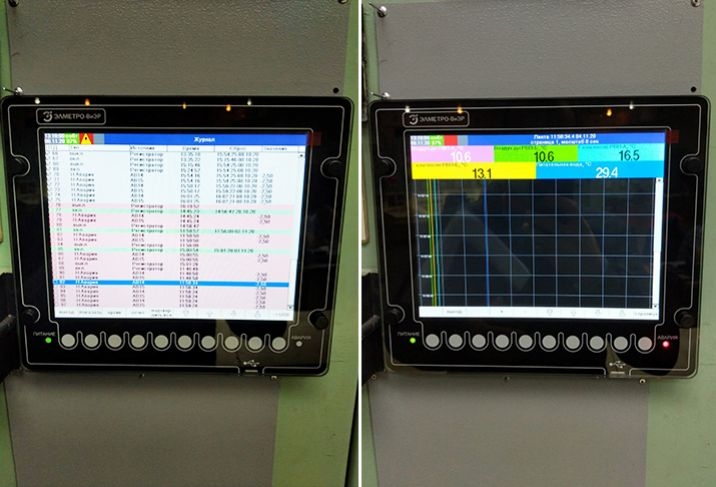
Compania Horus Energy oferă servicii de înlocuire și modernizare a turbinelor cu abur de diferite capacități. Indicatorii tehnici și economici ai turbinelor după modernizare atestă o eficiență similară cu cea a producătorilor de top din lume. Noi garantăm operabilitatea turbinelor pentru un termen de peste 40 de ani, cu o periodă de revizuire de cel puțin șase ani.
Ce este o turbină cu abur?
Turbina cu abur este o mașină rotativă termică motoare, care transformă entalpia aburului în energie mecanică disponibilă la cupla turbinei. Transformarea se face cu ajutorul unor palete montate pe un rotor cu care se rotesc solidar.
Principiul funcționării unei turbine cu abur
Aburul, cu presiune și temperatură ridicată este destins în paletele statorului, numite și ajutaje, până la o presiune mai mică. Energia aburului, caracterizată prin entalpie este transformată în energie cinetică. Aburului cu viteză mare i se schimbă direcția de curgere cu ajutorul unor palete, rezultând o forță care acționează asupra paletelor, forță care creează un moment asupra rotorului. Acesta se rotește cu o anumită viteză unghiulară, livrând la cuplă putere sub formă de lucru mecanic în unitatea de timp.
Tipuri de turbine cu abur:
- Turbine fără prelevare, la care întreaga cantitate de abur ce intră în turbină străbate toate treptele;
- Turbine cu prize nereglate, la care o parte din abur este preluată dintre trepte și folosită pentru preîncălzirea regenerativă a apei de alimentare a cazanelor. Presiunea la aceste prize nu este necesar să aibă valori fixe (să fie reglată), de unde denumirea lor;
- Turbine cu prize reglate, la care o parte din abur este preluată dintre trepte și folosită în scopuri tehnologice sau de termoficare. Presiunea la aceste prize este necesar să aibă valori fixe.
Parametrii principali ai valorilor nominale
- Puterea nominală a turbinei - puterea maximă pe care turbina trebuie să o dezvolte timp îndelungat la bornele generatorului electric, la valori normale ale parametrilor principali sau la schimbarea acestora în limitele convenite de industrie și standardele de stat. O turbină cu extracție aburită reglabilă poate dezvolta o putere peste valoarea nominală dacă îndeplinește condițiile pentru rezistența pieselor sale.
- Puterea economică a turbinei - puterea la care turbina funcționează cu cea mai mare eficiență. În funcție de parametrii aburului proaspăt și de scopul turbinei, puterea nominală poate fi egală cu economică sau cu 10–25% mai mult.
- Temperatura nominală a încălzirii regenerative a apei de alimentare - temperatura apei de alimentare după ultimul preîncălzitor.
- Temperatura nominală a apei de răcire - Temperatura apei de răcire la intrarea în condensator.
Indicatori de fiabilitate
Fiabilitatea ridicată și rentabilitatea turbinelor cu abur propuse sunt furnizate de:
- Testele aerodinamice experimentale ale lamelor, confirmând atât fiabilitatea cât și eficacitatea acestora;
- Contururile meridionale netede ale părții care curge;
- Inspecția proiectării lamelor prin metode CFD;
- Profilarea tridimensională a paletei de ghidare;
- Optimizarea intrărilor, robinetelor și evacuărilor de abur prin metode CFD;
- Proiecte avansate de sigililare;
- Metodele progresive de proiectare, folosirea tehnologiilor și echipamentelor de la producătorii de top.
Datorită utilizării unei palete extrem de econome și a sigiliilor moderne, a evacuării eficiente de umeditate din canalul de joasă presiune, precum și datorită sistemlui avansat de încălzitoare regenerative, se obține o reducere semnificativă a pierderilor. Lamele de lucru din toate etapele sunt realizate cu bandaje complet măcinate, ceea ce crește fiabilitatea și caracteristicile operaționale.




